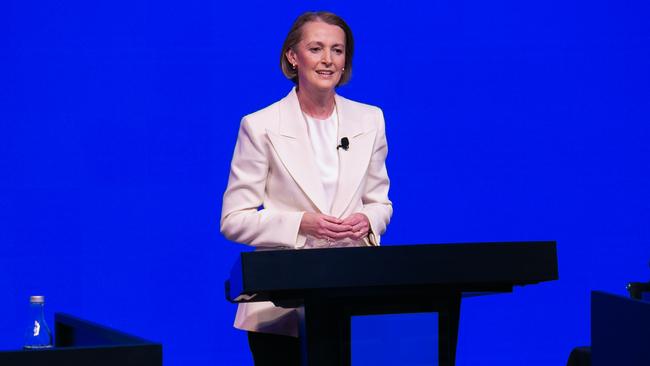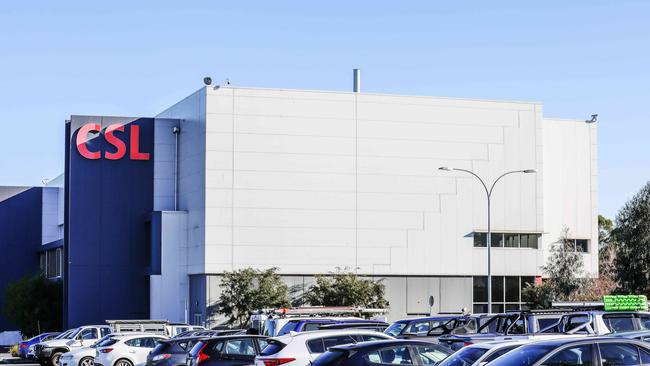Results: Telstra back in the winners’ circle but A-REITs, healthcare nowhere to be seen
The annual results season is offering clear signals; Telstra and CSL are firing again but there’s no such luck for ASX, Seek or Seven Media.

We are now deep into the annual results season on the ASX and the first observation to highlight is the almost equal divide of those 70 initial company reports.
Here’s the breakdown: beats (23), meets (23) and misses (24).
The FNArena Monitor combines financial outcome with forward guidance (if provided), and underlying those numbers is the fact many companies are able to meet analysts’ forecasts for the past six months. It’s the period ahead that is often the problem.
The dilemma investors are confronted with is whether management teams are too cautious when they look ahead.
Invariably, the share price receives a genuine shellacking as performance and guidance are measured against what analysts have embedded in their modelling. This is where things might get tricky because selling your shares into the instant punishment might not be the best decision to make.

I note, for example, CSL shares were trading above $308 on August 13 when FY24 was released with guidance that was lower than expected. The shares were punished, but today the share price is trading back near $308.
And what to make of communications technology group Audinate Group first releasing a downbeat outlook for FY25 but then releasing a slightly better-than-flagged financial report which sees its shares rally by 20 per cent on the day?
I mention both because both are owned by the FNArena/Vested Equities All-Weather Model Portfolio and I have been reminded by another investor recently that often the smartest investment decision to make is to do absolutely nothing.
Hold that thought.
Two key differences with the recent quarterly reporting season in the US are that Australian companies are equally meeting or beating forecasts, but not because costs are falling. In Australia, the story behind FY24 results thus far is more about lower taxes and lower interest costs.
Inflation through input materials and staff remains a problem and this is also where most disappointments originate.
The other key difference is forecasts post corporate releases in the US have trended upwards; in Australia the net balance is for further decline. Business leaders down under are simply not as confident as US counterparts when looking ahead.
How much of this gap relates to the differences in messaging from the US Federal Reserve and the RBA?
On Macquarie’s number crunching, analysts are downgrading twice as many times as they are upgrading forecasts.
The one standout from the first two weeks is Perth mining contractor NRW Holdings. Analysts had been optimistic in the lead-up to the FY24 release, and the company truly delivered with higher revenues, better margins and the promise of more contracts coming.
As is usually the case under such circumstances, forecasts and valuations have made a leap upwards, as can be seen from the notable jump in price targets, and the share price has responded accordingly.
Other strong performers that have enjoyed strong performances include Life360, Car Group, JB Hi-Fi, ProMedicus and REA.
In many cases, “strong performance” has become the middle name of those companies, in particular the larger cap names with the public debate centred mostly around value and price.
As per always, some of the long-time struggling companies are simply still struggling, including ASX Ltd, Aurizon, Beach Energy, Seek and Seven West Media.
In some cases financial performances and management insights are providing early optimism about a better-looking future.
Companies in the latter category include AGL Energy, Amcor, AMP, Challenger and maybe even Magellan Financial.
So far, medium-sized and smaller cap companies are doing better than the large caps. If healthcare is making a comeback in 2024, it’s not happening with a Big Bang.
One sticky point in Australia is always: what about dividends for shareholders?
Here, the banks have surprised in a positive sense, with CommBank yet again showing one should never assume last year’s dividend cannot be raised, no matter what the circumstances.
But most REITs have confirmed the tough challenges that are weighing on cashflows and distributions.
Analysts have spotted early signs of improvement in property, but every investor’s best friend remains careful stock selection, and patience.
One company that deserves a special mention is Telstra. A little over one month ago sentiment quickly soured when management decided to abandon the telco’s automatic annual price increase for mobile phones. Shareholders, rightfully or otherwise, might have worried about future dividends not keeping up with inflation.
The FY24 release has completely reversed that dynamic. Confidence is now strengthened about Telstra lifting its annual dividends by 1c each year, for years ahead.
One cent doesn’t sound like much, but when the starting base is the 18c from FY24, this 1c increase is relatively something that in comparison remains out of reach for most REITs and other dividend payers, including the banks.
This is why Telstra is making a comeback as the most preferred dividend stock on the ASX for many.
One disappointment and a weaker share price in the here and now does not automatically spell a bad outcome longer term. It’s good to be reminded about these things, assuming we can trust our judgment and the companies we choose.
P.S. in case anyone wondered: 1c in addition for the next three years for Telstra’s 18c dividend translates into an increase of 5.56 per cent, 5.26 per cent and 5 per cent respectively. The implied forward-looking dividend at today’s share price (pre-franking) is 4.8 per cent.
Rudi Filapek-Vandyck is editor of the sharemarket research service FN Arena




To join the conversation, please log in. Don't have an account? Register
Join the conversation, you are commenting as Logout